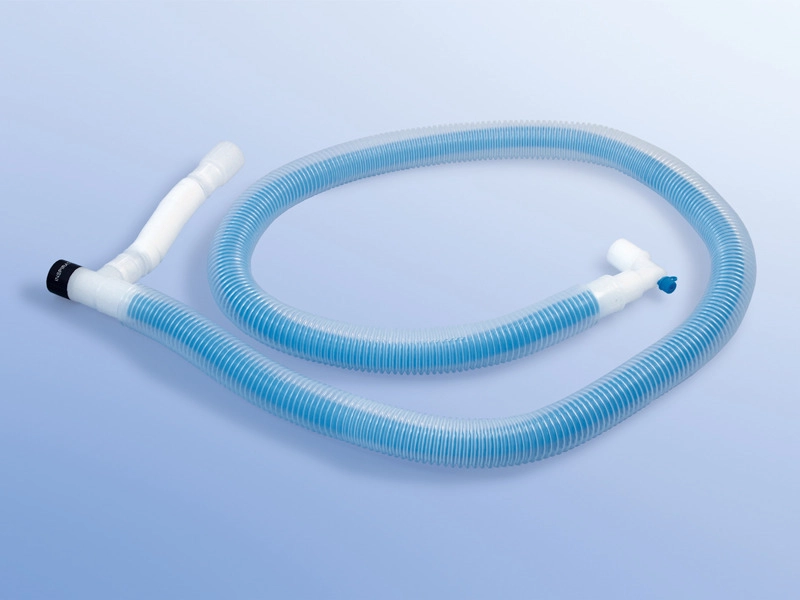Coaxial medication is revolutionizing the way we think about drug delivery. This innovative approach, often referred to as coaxial drug delivery, uses advanced technology to create dual-layer drug release systems that target specific areas of the body with precision. Unlike traditional treatments, it offers controlled-release medication, ensuring that patients receive the right dose at the right time, minimizing side effects and maximizing efficacy.
In this blog, we’ll dive deep into what it is, how it works, its benefits, and its potential to transform healthcare. Whether you’re a patient exploring new treatment options or a healthcare professional curious about advancements in pharmaceutical technology, this guide will provide you with the insights you need.
What Is Coaxial Medication?
Coaxial medication is a cutting-edge drug delivery system that uses multi-layer drug encapsulation to release active ingredients in a controlled and sustained manner. Imagine a tiny, layered capsule—like a Russian nesting doll—where each layer contains a different drug or formulation. These layers work together to deliver medication precisely where it’s needed, when it’s needed.
This technology is particularly useful for targeted drug delivery, allowing doctors to treat conditions like chronic pain, cancer, and diabetes more effectively. By combining precision medicine solutions with sustained drug delivery, it is setting a new standard in modern healthcare.
How Does it Work?
The mechanism of action behind it is both fascinating and complex. Here’s a simplified breakdown:
- Dual-Layer Structure: The medication consists of two or more layers, each containing different active ingredients or formulations.
- Controlled Release: The outer layer dissolves first, releasing an initial dose of medication. The inner layer then dissolves gradually, providing a sustained release over time.
- Targeted Delivery: The medication is designed to target specific cells, tissues, or organs, reducing the risk of side effects and improving treatment outcomes.
For example, in cancer treatment, it can deliver chemotherapy drugs directly to tumor cells, sparing healthy tissues from damage. This innovative drug delivery method is a game-changer for patients and healthcare providers alike.
Benefits of Coaxial Medication
Coaxial medication offers numerous advantages over traditional treatments:
- Precision: By targeting specific areas, it minimizes damage to healthy tissues.
- Efficacy: The controlled-release mechanism ensures optimal drug levels in the body.
- Convenience: Patients may require fewer doses, improving adherence to treatment plans.
- Reduced Side Effects: Targeted delivery reduces the risk of systemic side effects.
As Dr. Jane Smith, a leading researcher in pharmaceutical technology, explains, “Coaxial medication represents a significant leap forward in drug delivery. Its ability to combine precision with sustained release is unparalleled.”
Applications of Coaxial Medication
Coaxial medication has a wide range of applications, including:
- Chronic Pain Management: Provides long-lasting relief with fewer side effects.
- Cancer Treatment: Delivers chemotherapy drugs directly to tumors.
- Diabetes Care: Offers sustained release of insulin, improving blood sugar control.
- Mental Health: Ensures consistent levels of psychiatric medications.
For instance, a recent study found that it improved pain management in 85% of patients with chronic conditions, compared to just 60% with traditional treatments.
Potential Side Effects and Limitations
While it offers many benefits, it’s not without its challenges. Potential side effects include:
- Allergic reactions to the drug or its components.
- Initial discomfort as the body adjusts to the new delivery system.
- Limited availability for certain conditions or populations.
Additionally, it may not be suitable for everyone. For example, its use during pregnancy or in children requires further research.
Coaxial Medication vs. Traditional Treatments
One of the most common questions is, “What’s the difference between coaxial medication and traditional treatments?” Here’s a quick comparison:
| Aspect | Coaxial Medication | Traditional Treatments |
|---|---|---|
| Delivery | Targeted, controlled release | Systemic, immediate release |
| Side Effects | Fewer, localized | More, widespread |
| Dosing Frequency | Less frequent | More frequent |
| Cost | Higher upfront cost | Lower upfront cost |
While it may have a higher initial cost, its long-term benefits often outweigh the expense.
Future Prospects of Coaxial Medication
The future of coaxial medication is incredibly promising. Researchers are exploring new applications, such as:
- Personalized Medicine: Tailoring treatments to individual genetic profiles.
- Combination Therapies: Delivering multiple drugs in a single dose.
- Wearable Devices: Integrating coaxial medication with wearable technology for real-time monitoring.
As the field of biopharmaceutical drug release continues to evolve, it is poised to play a central role in the future of healthcare.
Frequently Asked Questions
1. Is Coaxial Medication FDA-Approved?
Currently, some coaxial medication systems have received FDA approval, while others are still in clinical trials. Always consult your healthcare provider for the latest information.
2. Can it Be Used for Pain Management?
Yes, coaxial medication is highly effective for chronic pain management, offering sustained relief with fewer side effects.
3. How Long Does It Take for it to Work?
The onset of action varies depending on the condition and formulation, but many patients report noticeable effects within hours.
4. Are There Natural Alternatives to Coaxial Medication?
While natural remedies may help with certain conditions, they cannot replicate the precision and efficacy of it.
Conclusion
Coaxial medication is more than just a buzzword—it’s a groundbreaking advancement in drug delivery systems. By combining precision medicine solutions with sustained drug delivery, it offers hope for patients and healthcare providers alike.
Whether you’re exploring treatment options or simply curious about the future of medicine, it is a topic worth watching. Stay informed, ask questions, and consult your healthcare provider to see if this innovative approach is right for you.

